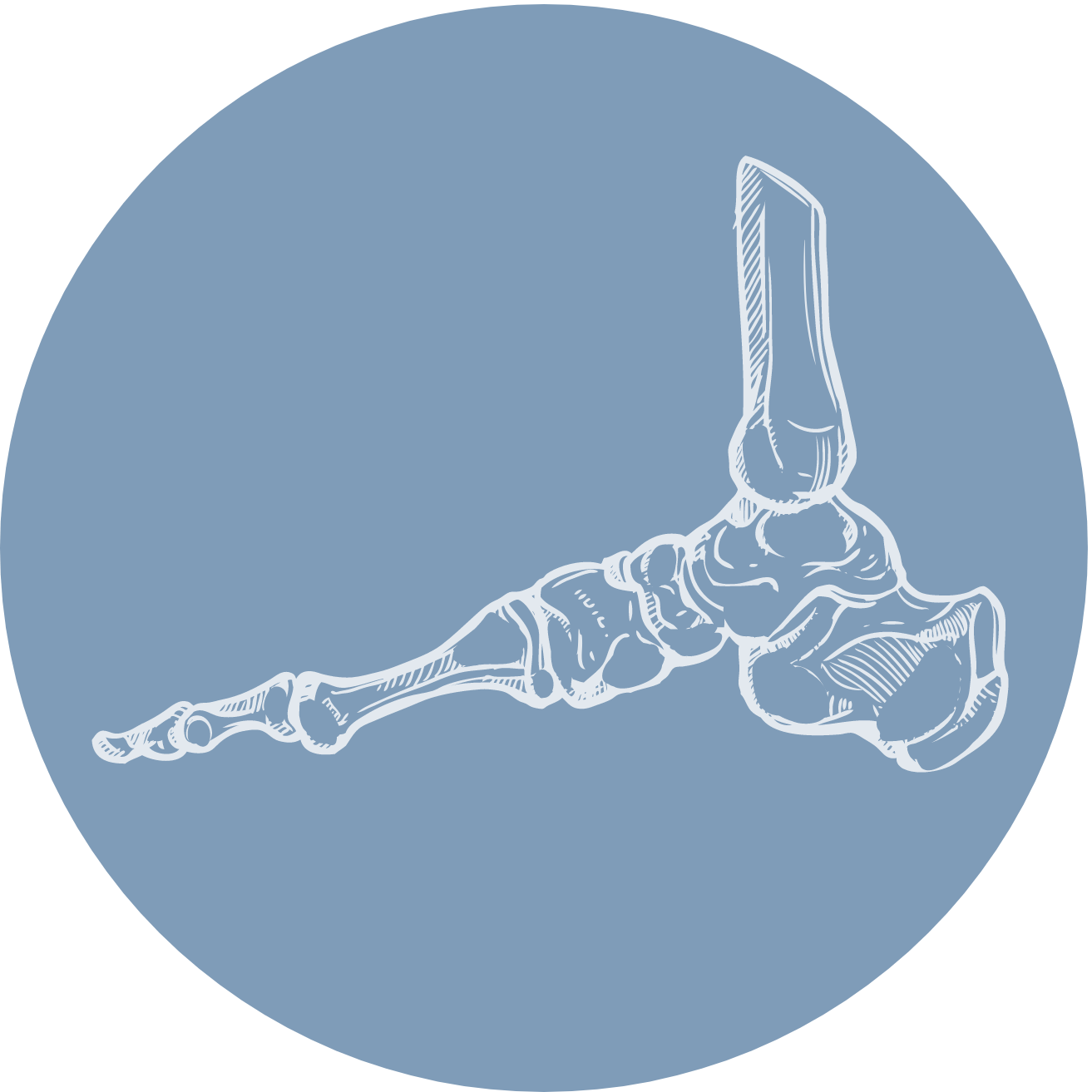Winter is almost upon us, and whilst you might be dreaming of chunky knitwear, log fires and hot chocolate…lovely! But for many of us, it can be a very trying time for our feet. Conditions such as arthritis, chilblains and reduced circulation are particularly affected by the colder weather, so management of your cold feet is key to your health and comfort.
So if you struggle to keep your feet warm, here is our list of top-tips to keep those toes cosy, until you can dig out your favourite pair of sandals again!
1. STOCK UP ON QUALITY SOCKS
It may sound simple, however many of us are in the wrong socks during these winter months. Cotton socks (which are great in summer time) are unfortunately not helpful for retaining heat, resulting in icy toes. Synthetic fibres such as those used in tights or stockings, also provide no insulation for your skin.
We recommend purchasing socks that contain a high percentage of wool which assists in heat retention. Specifically, merino wool socks are fantastic. Bamboo socks are also thermo-regulating, which means they keep feet cool in the summer and warm in the winter. Their wicking properties keep feet dry, which helps to prevent irritation. They are also have anti-fungal properties.
Be careful! Socks that are too thick or tight may restrict blood flow when in enclosed footwear and make the problem worse.
Top-tip! Pop your socks on the radiator before putting them on to retain maximum warmth in your shoes.
2. THOSE BOOTS WERE MADE FOR WALKING!
A good pair of winter boots can accommodate a cosy sock, keep you dry, give you support and stop you slipping on icy, wet surfaces, all in one. They are versatile and should be a staple in your winter wardrobe. They come in all different shapes, sizes and colours, so there’s something for everyone.
Preferably your shoes should have a thick sole to keep your feet off the cold ground, as well as a fastening such as laces or velcro to offer you maximum support.
For those of you who enjoy running or walking, whatever the weather, we recommend you opt for shoes with GORE-TEX technology. GORE-TEX is a breathable and waterproof material, so will also stave off those dreaded fungal infections too.
Top-tip! Always shop for shoes in the afternoon when your feet are at their largest!
3. ADD LINERS TO YOUR SHOES
If your still suffering with cold feet and have a little extra room to move around, try adding liners to your shoes. Not only do they keep your feet further away from the floor, they also have insulating properties to keep the warmth inside your footwear for longer. We recommend sheepskin liners, which can be purchased in most large pharmacies or online. Alternatively, ask your Podiatrist about plastazote insoles.
4. KEEP MOVING!
Whilst its all too tempting to snuggle up on the sofa binge-watching your favourite programmes, particularly for those with poor circulation, its important to not stay in one position for too long. It can be as simple as wiggling your toes or performing some short exercises.
Top-top! Trace the alphabet with your feet a few times a day if you’re sat down for long periods, which will also improve your ankle mobility…win!
5. GOOD QUALITY SLIPPERS
Whilst you’re at home try to walk around barefoot as little as possible. Slippers with sheep skin liners are best at retaining heat and offering maximum comfort. Whilst they can be costly, they will last you several years and are more breathable than synthetic alternatives.
Whilst synthetic materials can still serve a purpose, you’ll need to ensure you wear a pair of natural fibre socks with them to prevent fungal infections and smelly feet.
As with all footwear, you should try to ensure your slippers have a supportive fastening as well as a thick, non-slip sole.
6. MOISTURISE YOUR FEET
We know we’re always nagging you about it, but no Podiatry blog would be complete without us telling you to cream your feet, and yep you’ve guessed it - we mean every day!
Applying cream to your feet daily is recommended as the skin gets really dehydrated and dry in the winter and consequently the skin will crack especially around the heel area, which is not only painful but can be a portal of entry for infection especially for higher risk groups who have poor circulation.
Creams with a 10-25% Urea content are great for really dry skin as they are better at softening as well as hydrating the skin. CCS is our favourite, whilst offering good value for money, in our opinion it out performs other brands. Ask your Podiatrist about the CCS Foot cream range when you are next in clinic.
We hope these tips help keep your toes toasty this winter, for individual or further foot health advice please contact the clinic on 01483 425 437 or book an appointment online.










